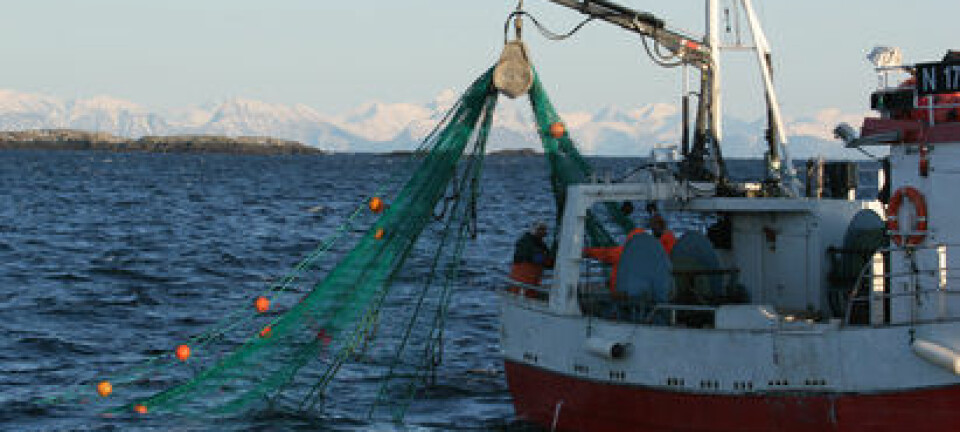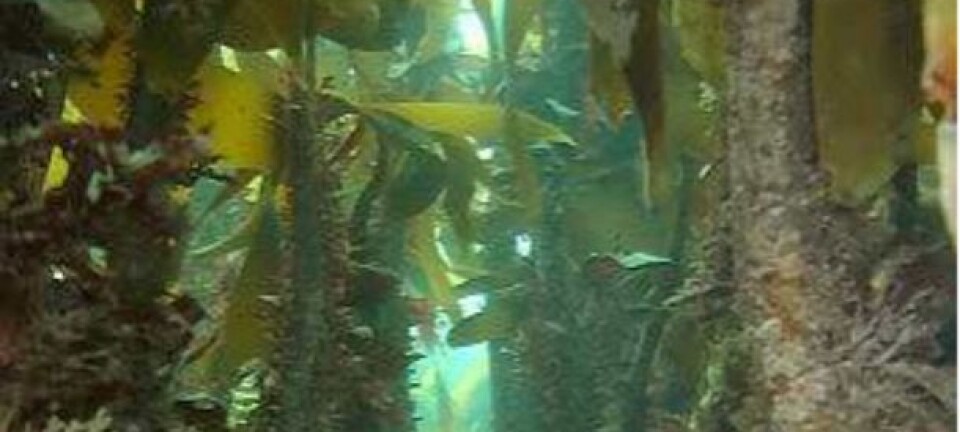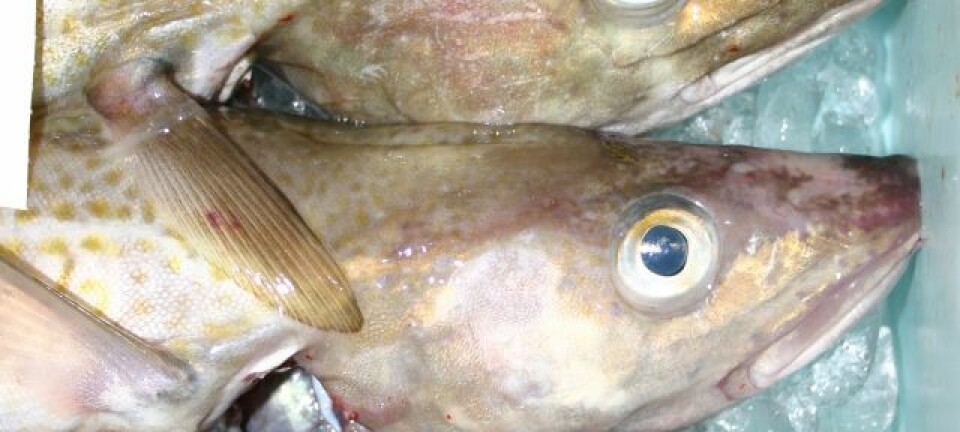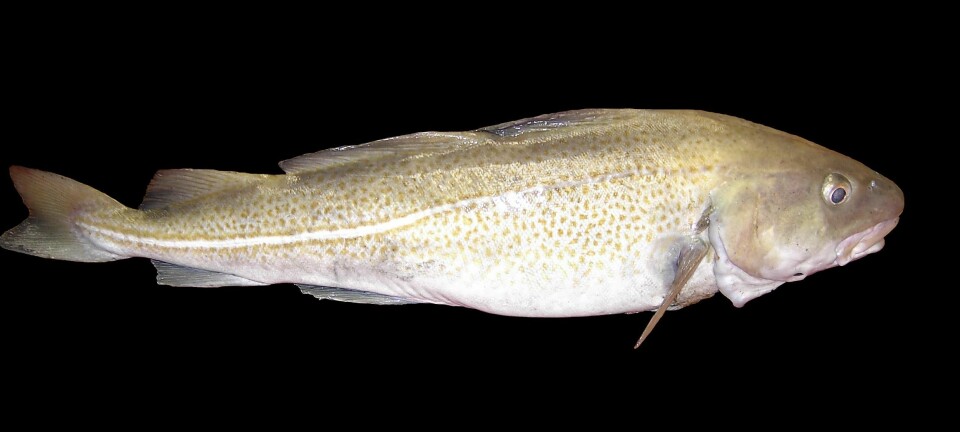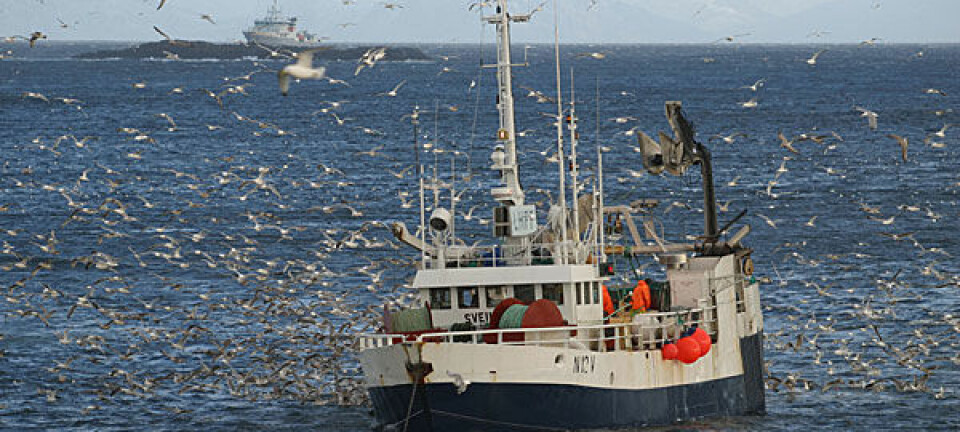This article was produced and financed by The Research Council of Norway

Cod grow larger with more light
Light conditions affect not only a cod’s puberty, but also its muscular development and ultimately its full size. The search for the optimal growth genes is on.
Denne artikkelen er over ti år gammel og kan inneholde utdatert informasjon.
It is the number of muscle fibres that determines an individual fish’s growth potential. While mammals have the same number of muscle fibres from birth to death, this quantity changes significantly during the lifetime of a cod.
Research shows that the light conditions under which cod fry are raised play a role in their growth, even as adults.
Light increases growth
Since 2009, Jorge Fernandes, an associate professor of biology at the University of Nordland, has been investigating the effects of light conditions and sexual maturation on muscle development in cod.
“Continuous light increases growth significantly in cod fry,” explains Fernandes. “In fact after just 12 hours we can actually observe the effects of light manipulation on both gene expression and levels of the sleep hormone melatonin.”

Professor Fernandes and his international research team are working to identify and understand the underlying mechanisms that trigger muscle growth in cod in a project that will conclude in 2012.
10 per cent more in half a year
For six months an experimental group of cod fry received 24-hour light. The control group was exposed to the natural daylight hours in Bodø in Northern Norway, where the experiment was carried out – meaning that the fish in this group also received continuous light during the period of midnight sun, but correspondingly little light in the winter.
On Day 1 of the experiment the cod fry weighed roughly 2 grams. A significant growth improvement in the fry exposed to continuous light was observed. Muscle tissue analysis revealed that more light led to thinner but more numerous muscle fibres compared to less light.
“The light-manipulated fish have the potential to grow larger than the untreated fish,” summarises Fernandes.
Related research has shown that the effects of continuous light on cod fry can still be observed three years after light treatment; they are larger than fish that did not receive as much light when young.
"No one knows with any certainty what causes the molecular mechanisms behind this phenomenon,” says Fernandes.
Increasing the number of muscle fibres in production cod is very valuable commercially.
Would like to delay puberty
The rapid growth rate of production cod entails earlier sexual maturation. In the wild, cod reach maturity at three to four years, but production cod mature at roughly two years, at a weight of just 1.5 kg. Sexually mature cod spend much energy developing eggs or milt instead of growing larger – presenting a serious problem for the cod industry.
“We wish to understand the negative impacts of sexual maturation on growth,” says Fernandes, “particularly on how muscle development changes during cod puberty.”
From a commercial standpoint, it is preferable to delay the onset of puberty. Once again, light can be used to manipulate this process. In order to understand precisely how light affects sexual maturation and growth in cod, Fernandes and his research colleagues are now studying the biological clock of cod.
“We are seeking to find out how cod growth genes and growth characteristics are influenced by sexual maturation and light changes. The objective is to identify the genes that yield the best growth in relation to light and sexual maturation.”
--------------------------
Read this article in Norwegian at forskning.no
Translated by: Connie Stultz/Victoria Coleman







